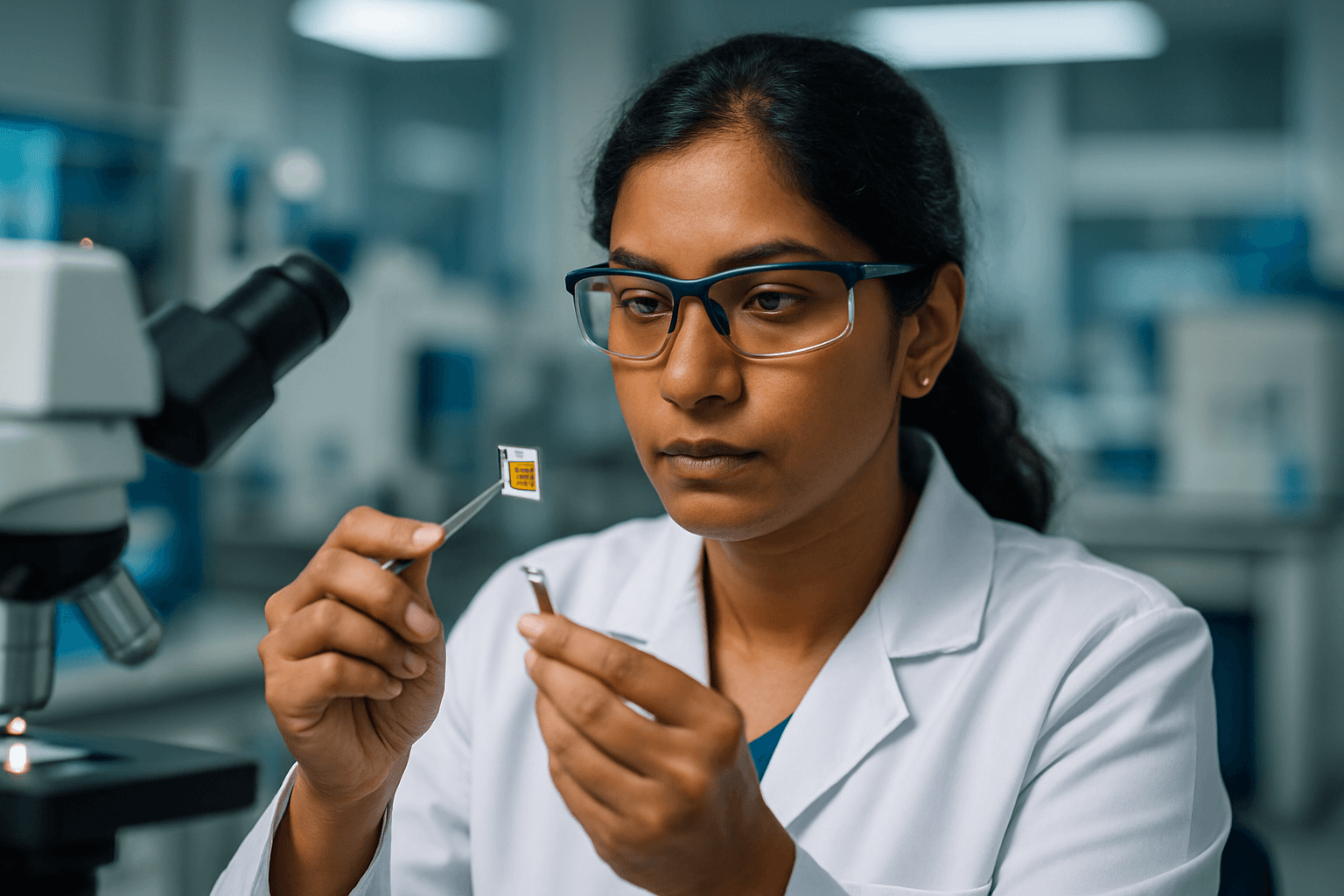Shanghai, China – Researchers at Huazhong University of Science and Technology in China have developed a novel molten salt technique that can restore up to 76% of the initial discharge capacity in degraded high-nickel lithium-ion battery cathodes from used electric vehicles (EVs). This breakthrough marks a significant advancement in sustainable EV battery recycling, moving beyond simple metal recovery to actively regenerate the battery’s core components for reuse in new batteries.
The Growing Challenge of EV Battery Waste
The global surge in electric vehicle adoption presents a looming environmental challenge: managing end-of-life (EoL) EV batteries. These batteries contain valuable and often toxic materials such as lithium, cobalt, and nickel. Improper disposal poses significant environmental hazards, including soil and groundwater contamination. The International Energy Agency (IEA) estimates that by 2030, the number of retired EV batteries worldwide will exceed 11 million metric tons.
Current recycling methods, such as pyrometallurgical and hydrometallurgical processes, primarily focus on recovering valuable metals. However, these methods often damage the intricate crystal structures within the battery’s cathode materials, limiting their ability to be effectively reused in new battery production. They can also be energy-intensive, generate waste, and carry environmental risks. The economic viability of current recycling processes is also a challenge, with high costs and fluctuating prices of recycled materials sometimes making mining new ones more financially appealing.
Molten Salt Technique: A Leap in Direct Recycling
The new molten salt method, developed by the Huazhong University of Science and Technology team, offers a “direct regeneration” strategy. Instead of merely extracting metals, this innovative approach is designed to revitalize the materials themselves, enabling them to be repurposed directly into new battery production.
How the Molten Salt Method Works
The researchers focused on LiNi₀.₈Co₀.₁Mn₀.₁O₂ (NCM811), a high-performance cathode material widely used in EVs for its high energy density. Over time, NCM811 cathodes degrade, losing lithium and developing structural defects that reduce their charge capacity.
The molten salt technique employs a ternary molten salt mixture of lithium hydroxide, lithium nitrate, and lithium salicylate. When heated, this mixture becomes a liquid, allowing lithium ions to penetrate the damaged cathode material. This process facilitates the reorganization of atoms back into their original, ordered layered structure, effectively healing both internal and surface damage. Microscopic analyses confirmed that the regenerated material achieved a uniform single-crystal structure, eliminating the undesirable surface rock salt layer that forms during degradation.
Restored Performance and Environmental Benefits
The recycled cathode material demonstrated an initial discharge capacity of 196 mAh/g and, critically, retained 76% of that capacity after 200 charge-discharge cycles. This performance significantly outperforms many existing recycling methods.
A key advantage of this molten salt system is its operational efficiency and environmental profile. It works at relatively low temperatures and avoids the use of strong acids or toxic solvents, making it both energy-efficient and environmentally safer than traditional methods. This “green” approach could pave the way for closed-loop battery recycling, transforming used batteries directly into high-quality materials for new cells.
China’s Proactive Stance on EV Battery Recycling
China, as the world’s largest EV market, has been at the forefront of developing and implementing battery recycling laws and technologies. The government has enacted regulations emphasizing producer responsibility, requiring automakers to establish full lifecycle management systems for batteries. There are approximately 150 companies qualified to recycle power batteries in China, with over 10,000 recycling service outlets established by the end of 2024.
The nation’s Ministry of Industry and Information Technology (MIIT) has issued revised guidelines for battery recycling companies, including stricter recovery rate requirements. For instance, the proposed lithium recovery rate is now set at 90%, an increase from 85% in 2019, while recovery rates for nickel, cobalt, and manganese remain at 98%. Some pilot programs in China have already reported impressive recovery rates, achieving over 99% for critical materials like nickel, cobalt, and manganese, and over 95% for lithium.
Market forecasts predict that China’s retired power batteries will reach 1.04 million tonnes in 2025 and could surge to 3.5 million tonnes by 2030. This immense volume underscores the urgency and importance of advanced recycling solutions like the molten salt technique.
Implications and Future Outlook
This molten salt direct regeneration technology represents a pivotal step towards a more sustainable future for the electric vehicle industry. By enabling the restoration of significant capacity in used EV batteries, it extends their useful life cycle, reduces the reliance on new raw material mining, and lessens the environmental impact associated with battery production and disposal.
As research continues to explore the scalability and long-term viability of this method, it holds the promise of revolutionizing battery recycling standards globally, contributing to a more circular economy for lithium-ion batteries and supporting the ongoing transition to clean energy.

